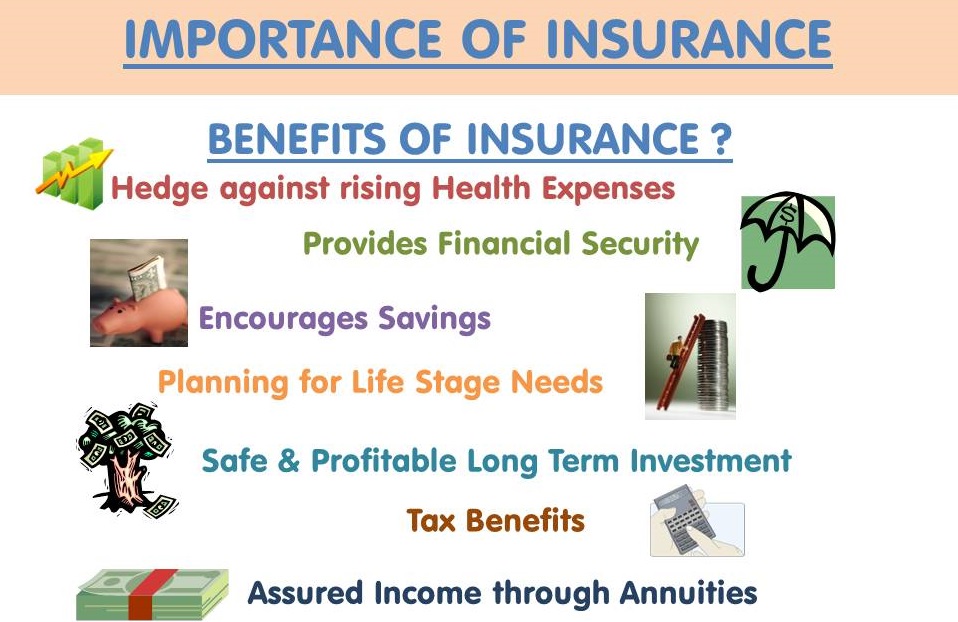See This Report on Pacific Prime
See This Report on Pacific Prime
Blog Article
Get This Report on Pacific Prime
Table of ContentsThe Buzz on Pacific PrimeThe Of Pacific PrimePacific Prime Can Be Fun For EveryoneExcitement About Pacific PrimePacific Prime Can Be Fun For Anyone

This is due to the fact that the information were accumulated for a duration of strong economic efficiency. Of the approximated 42 million people that were uninsured, just about concerning 420,000 (about 1 percent) were under 65 years of age, the age at which most Americans become eligible for Medicare; 32 million were adults in between ages 18 and 65, about 19 percent of all adults in this age team; and 10 million were children under 18 years old, concerning 13.9 percent of all children (Mills, 2000).
These quotes of the number of persons without insurance are created from the yearly March Supplement to the Current Populace Survey (CPS), carried out by the Census Bureau. Unless or else kept in mind, nationwide price quotes of individuals without medical insurance and proportions of the population with various kinds of coverage are based upon the CPS, the most commonly used source of quotes of insurance policy coverage and uninsurance rates.
Some Known Questions About Pacific Prime.

Still, the CPS is specifically helpful because it generates yearly estimates reasonably quickly, reporting the previous year's insurance coverage estimates each September, and since it is the basis for a consistent collection of estimates for greater than 20 years, enabling analysis of fads in coverage with time. For these reasons, in addition to the extensive usage of the CPS in other research studies of insurance policy coverage that exist in this report, we rely on CPS price quotes, with restrictions kept in mind.

The price quote of the variety of uninsured individuals broadens when a populace's insurance policy status is tracked for a number of years. Over a three-year period starting early in 1993, 72 million individuals, 29 percent of the U.S. https://fliphtml5.com/homepage/odsej/pacificpr1me/. populace, were without coverage for at the very least one month. Within a solitary year (1994 ), 53 million people experienced a minimum of a month without protection (Bennefield, 1998a)
Six out of every ten uninsured grownups are themselves employed. Although working does improve the chance that a person and one's relative will have insurance policy, it is not a warranty. Also participants of households with 2 permanent breadwinner have almost a one-in-ten possibility of being without insurance (9.1 percent uninsured rate) (Hoffman and Pohl, 2000).
The Basic Principles Of Pacific Prime
New immigrants account for a considerable percentage of people without medical insurance. One evaluation has actually connected a significant part of the current growth in the dimension of the U.S. uninsured population to immigrants that arrived in the country between 1994 and 1998 (Camarota and Edwards, 2000). Current immigrants (those that involved the United States within the previous 4 years) do have a high rate of being without insurance (46 percent), however they and their youngsters represent simply 6 percent of those without insurance coverage across the country (Holahan et al., 2001).
The relationship between health and wellness insurance coverage and access to care is well developed, as documented later in this website this chapter. Although the partnership between health insurance policy and health outcomes is neither direct nor straightforward, a substantial clinical and health services research study literature web links health insurance protection to enhanced accessibility to care, better high quality, and enhanced personal and population health and wellness status.
Levels of evaluation for taking a look at the effects of uninsurance. This discussion of wellness insurance policy protection focuses largely on the united state populace under age 65 due to the fact that essentially all Americans 65 and older have Medicare or various other public protection. Moreover, it focuses specifically on those without any medical insurance for any kind of size of time.
The smart Trick of Pacific Prime That Nobody is Discussing
The issues dealt with by the underinsured remain in some respects similar to those encountered by the without insurance, although they are generally much less severe. international health insurance. Uninsurance and underinsurance, nonetheless, involve noticeably different policy issues, and the strategies for resolving them may differ. Throughout this research and the five records to follow, the major focus is on individuals without any medical insurance and thus no support in spending for health and wellness treatment past what is readily available via charity and security internet establishments
Wellness insurance coverage is a powerful element impacting receipt of treatment since both patients and medical professionals reply to the out-of-pocket price of solutions - https://visual.ly/users/pacificpr1me/portfolio. Medical insurance, nonetheless, is neither necessary nor enough to get to clinical services. The independent and straight impact of wellness insurance coverage on access to health services is well developed.
Others will get the healthcare they need even without wellness insurance policy, by spending for it out of pocket or seeking it from suppliers that use treatment cost-free or at highly subsidized rates. For still others, wellness insurance coverage alone does not guarantee receipt of treatment because of various other nonfinancial obstacles, such as a lack of healthcare providers in their area, restricted access to transport, illiteracy, or linguistic and social distinctions.
Excitement About Pacific Prime
Formal research study regarding uninsured populaces in the USA dates to the late 1920s and early 1930s when the Committee on the Cost of Healthcare generated a collection of records concerning financing physician office brows through and hospitalizations. This issue became salient as the varieties of clinically indigent climbed throughout the Great Clinical depression.
Report this page